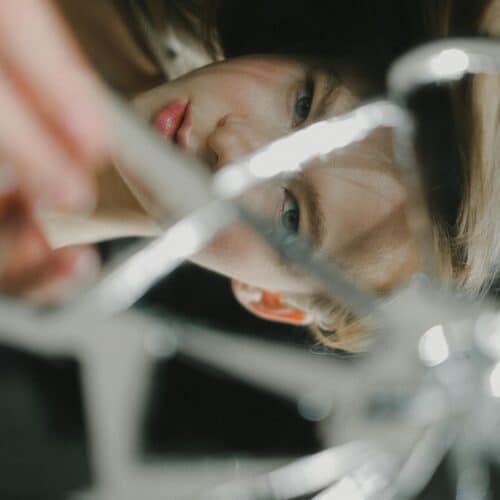I’m an eternal optimist. An expert at sucking up every ounce of joy in life.
To be honest, I never considered there was a dark side to eternal optimism. Even the suggestion of a dark side seemed absurd. Afterall, isn’t everyone striving for the rose-colored glasses perspective?
My change of opinion came from an unexpected place. After an argument with an old friend, and feeling an ever-growing divide in our relationship, I hit a tipping point.
I found myself face to face with a disconcerting feeling I had spent a lifetime ignoring. For the first time, I was finally ready to examine my lifelong dissatisfaction with the depth of my friendships. This self-inquiry was the jumping-off point to a journey of self-discovery, alignment, and healing.
Through this journey, I learned that too much of anything isn’t a good thing—even optimism.
Because only experiencing joy and optimism is not real.
Even though it felt real.
The reality is, every life has ups and downs. Plus, a single experience can hold both good and bad. Both of which are valid and true.
My life is no exception.
But, I had imposter syndrome when it came to negative experiences: I only allowed myself to feel grateful that the experience hadn’t been worse. I felt I didn’t deserve to validate that the experience had actually been bad (because it always could have been worse).
Since I didn’t let myself validate, feel, and process “bad” experiences, I wasn’t able to sit with other people that needed to acknowledge and validate their own hurt, scared, or fearful feelings. Instead, I automatically jumped into problem-solving mode or attempted to drag them to a silver lining (whether they wanted to go or not!).
We fall back on our own patterns of coping when we interact with others.
Since my internal pattern was sweeping the negatives under the rug, that’s how I engaged with others, which left them feeling unseen and unvalidated.
A relationship can only go as deep as the shallowest person is willing to go. Each person’s maximum depth is based on how far they are willing to dive inside themself. Ultimately, it was my unwillingness to hold space for myself and acknowledge the full narrative of my story that limited the depth of connection I could have with others.
My rose-colored glasses were the problem.
[Spoiler alert] By sweeping things under the rug…the pain doesn’t go away. Instead, the pain settles into the cracks, staining the floorboards and sinking deep into your core.
Unprocessed energy stays in your body. Mine had decades of accumulation. My subconscious could feel the stored pain in my body, and I started to confuse the presence of those unprocessed feelings as a deeper part of me. They were casting a big scary shadow across my psyche, confusing myself into thinking that I was bad. That I had rotten bits inside.
The only way to let go of pain is to experience it. To let the emotional cycle pass through you.
It turns out, the acknowledgment of negative emotions didn’t diminish my happiness. After all, to sweep something under the rug, you have to be aware there’s something to sweep. Postponing processing only prolonged the impact of those emotions on my psyche and warped my self-perception.
Once I gave myself the compassion (and honesty) to acknowledge negative experiences, I freed my body of those stored emotions. Doing that also freed me from the fear that these stored emotions were a deeper part of me.
Now I’m able to show up for myself and build deeper connections with others.
While eternal optimism was my limiting pattern of interacting with the world, coping mechanisms come in many forms.
If you’re also feeling a desire for deeper connections, first ask yourself, how deep are you willing to go?




